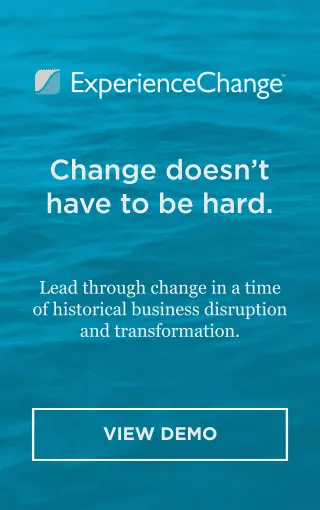Today's top-performing companies are striving for new heights of inclusivity. At ExperiencePoint, we’re striving, too. We hope that our efforts toward achieving better Diversity, Equity, Inclusion and Belonging (DEIB) might be useful on your respective journey.
One of our first initiatives has been assembling diverse teams that bring a range of perspectives to the table. But we know that hiring the right people is only where inclusivity begins. The best companies—the ones at the helm of their industries—build environments that are respectful and collaborative, where everyone feels safe, inspired and motivated to share their unique point of view. That’s why we’re starting the conversation about establishing and reinforcing inclusive processes at ExperiencePoint, and building a culture of belonging. Our aim is to join the important strides the world is making on DEIB.
Inclusivity can feel like a complicated undertaking with ambiguous demands. At ExperiencePoint, we’re experts in innovation, and we know that a great way to start using inclusive practices is through problem-solving initiatives. Any kind of problem-solving can, and should, be inclusive. When the problem you're solving could be influenced by human behavior—and the majority of contemporary business problems are—design thinking is the best approach to use.
Inclusivity is at the Heart of Design Thinking
Design thinking starts and ends with inclusivity. The process depends on bringing multiple perspectives together and keeping the needs of diverse populations in mind throughout the design process.
Let’s look at three specific ways that design thinking upholds inclusive practices.
-
Uncovering the right problem to solve
Design thinking demands that you check assumptions at the door and begin from a place of inquisitive ignorance. Instead of presuming you understand the problem, design thinking starts with open-minded research and keen observation that positions you to notice opportunities for growth or problems your users may not be aware of. This wide-eyed, unbiased immersion into problem-solving is a form of inclusivity itself, in which no user-population, topic or methodology is ruled out as a focus as you get started.
-
Seeking diverse perspectives
Leading brands tend to agree that inclusive design is good design. In order to create products or services that are accessible, design teams need to reflect the user group they are designing for. This inclusivity is a critical foundation for human centered design — a process that depends on soliciting feedback from diverse populations in order to elicit different perspectives and a multiplicity of thought.
-
Facilitating a culture of belonging
Design thinking can be challenging. To do it effectively, you need an inclusive environment, where everyone can let their guard down and share freely. A sense of psychological safety is a must for successful design thinkers; participants need to know that they can express themselves candidly and challenge the status quo, without fear of negative consequences. The very language of design thinking encourages listening and respect, with standardized prompts for encouraging feedback and posing constructive questions without criticizing.
Inclusive Leadership Supports Change
Leaders who develop inclusive practices will be setting themselves up for success in other ways. By learning to listen to their teams and incorporate different points of view, they will build a valuable unspoken contract: interpersonal trust. With ongoing upheaval in the business world, this trust will help them navigate critical change at decisive moments. Change succeeds when you can generate enthusiastic commitment from your employees. When a change initiative is on the agenda, inclusive leaders are better poised to get (and keep!) everyone on board.
At ExperiencePoint, we offer a popular ExperienceChange™ workshop that prepares leaders to learn, apply and sustain techniques for managing change. Participants leave the workshop with skills that set them up for inclusive leadership, which can buttress change initiatives across their organization.

Inclusive Leadership Boosts Employee Satisfaction
It’s no secret that people like to feel valued, heard and respected. People who differ from most of their colleagues in terms of gender identity, religion, ethnicity, age or socio-economic background often fear judgment in work situations. When your employees are secure in their place at work, and feel as though they can express themselves candidly and bring their true selves to the job, they’ll experience greater professional satisfaction. Fostering an environment of inclusivity is an important way of attracting and retaining the best minds in your field.
As we’ve seen, inclusivity is a necessary prerequisite for optimal design thinking. An inclusive workplace will set you up for dexterous and effective problem-solving, the kind you need to keep your brand in excellent standing. But inclusivity goes further than targeted projects. By building and nurturing inclusive processes throughout your organization, you’ll encourage employees to bring the best of themselves to their work. Your organization will be better positioned to navigate change with agility and to capitalize on new opportunities.
In ExperiencePoint’s eBook, Diversity in Design, we explore how human-centered design is uniquely poised to help your company create inclusive products that can appeal to the greatest number of users, while honoring a new era of understanding and acceptance.